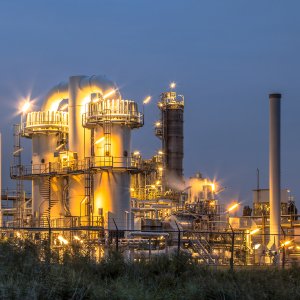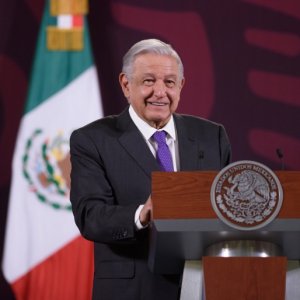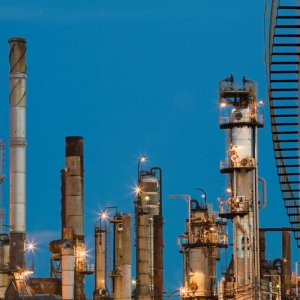
Dos Bocas’ Costs Increase by US$6.5 Billion
 By Conal Quinn | Journalist & Industry Analyst -
Mon, 08/22/2022 - 09:14
By Conal Quinn | Journalist & Industry Analyst -
Mon, 08/22/2022 - 09:14
Documents uncovered this week by Reuters show that PEMEX’s Board of Directors met to determine if further investment was needed to cover the cost of works still due to take place this year at the government’s prized Dos Bocas refinery. With a majority, although not with an unanimous vote, the NOC´s Board of directors made the decision to request a further US$5.618 billion to cover the cost of construction yet to take place, and a further US$853 million to get the Olmeca refinery up and going. Reuters had already reported in late April 2022 that PEMEX’s resources had already been exhausted for the year and a request for more funds had to be submitted.
In June 2022, President López Obrador conceded that the cost of Dos Bocas would indeed exceed the October 2020 budget of US$8.9 billion, which was already an increase of almost US$1 billion from the initial budget set by López Obrador upon assuming the presidency. Nevertheless, when Bloomberg reported that the cost would likely rise to as much as US$18 billion, López Obrador called this figure an exaggeration, claiming that the refinery only required an additional 30 percent increase in investment, putting the final cost somewhere between US$11 and US$12 billion. Energy Minister Rocío Nahle responded by confirming that Dos Bocas’ cost would not surpass the US$12 billion figure. However, this latest request from the PEMEX board, of which Nahle and Finance Minister Rogelio Ramírez are members, smashes that investment ceiling. While Reuters’ leak puts the price tag at US$14.6 billion, this could be inflated even higher with the addition of taxes, contingencies and additional construction works still due to take place to get the flagship energy project of the 4T government online. The Olmeca Refinery, as it is officially known, was inaugurated by PEMEX CEO Octavio Romero and President López Obrador to much fanfare on June 1, 2022. However, the refinery is not expected to start producing until the middle of 2023.
When PEMEX’s board of directors met last week to further inflate Dos Bocas’ already burgeoning budget, three independent board members voted against the increased spending plan. While the board refused to comment, Bloomberg insiders cited the lack of accountability in managing costs cited as a major cause for concern. Furthermore, the board had previously gotten rid of methods used to track the costs of the project, and in doing so stripped away financial transparency. For example, the government’s budget transparency website does not have any information on Dos Bocas.
Moreover, a Bloomberg report suggested that the use of an indirect subsidiary, PEMEX Transformación Industrial Infraestructura de Desarrollo (PTI-ID), formerly known as PMI Infraestructura y Desarrollo, and not the PEMEX’s traditional refinery subsidiary, Pemex Transformación Industrial (PEMEX TRI), obscures where the money ends up. Capital contributions are first transferred from the Ministry of Finance to the Ministry of Energy, which then transfers the public funds to PEMEX TRI before the resources are finally deposited in PTI-ID’s accounts. Unlike PEMEX TRI, the PTI-ID subsidiary is not required to publicly report its results, leading to a lack of budget transparency and making it easier for PEMEX to avoid explaining why additional expenditure is required and where it is headed. In October 2021, the Superior Auditor of the Federation (ASF) detected “multiple inconsistencies” in Olmeca’s development costs, while December 2022 saw the high-profile resignation of a government auditor due to excessive cost overruns.
This latest boardroom clash serves to underline the major strain the state-of-the-art refinery is placing on the world’s most indebted oil company. Dos Bocas has been promoted as the answer to Mexico’s economic woes and the centerpiece of López Obrador’s plan to restore PEMEX as the lever for national development. Once complete, Dos Bocas will join the country’s six other refineries which are themselves undergoing renovation, increasing oil-processing capacity by 20 percent with a target of 340Mb/d of heavy crude oil to be processed by the end of López Obrador’s six-year term in 2024. In this light, the president has sought to frame Dos Bocas as an investment and not an expense, one that will end the reliance on fuel imports and bring energy sovereignty to Mexico in an increasingly volatile and crisis-ridden oil and gas market. At least in the short term, however, the construction costs are swallowing billions more dollars of public funding.
















